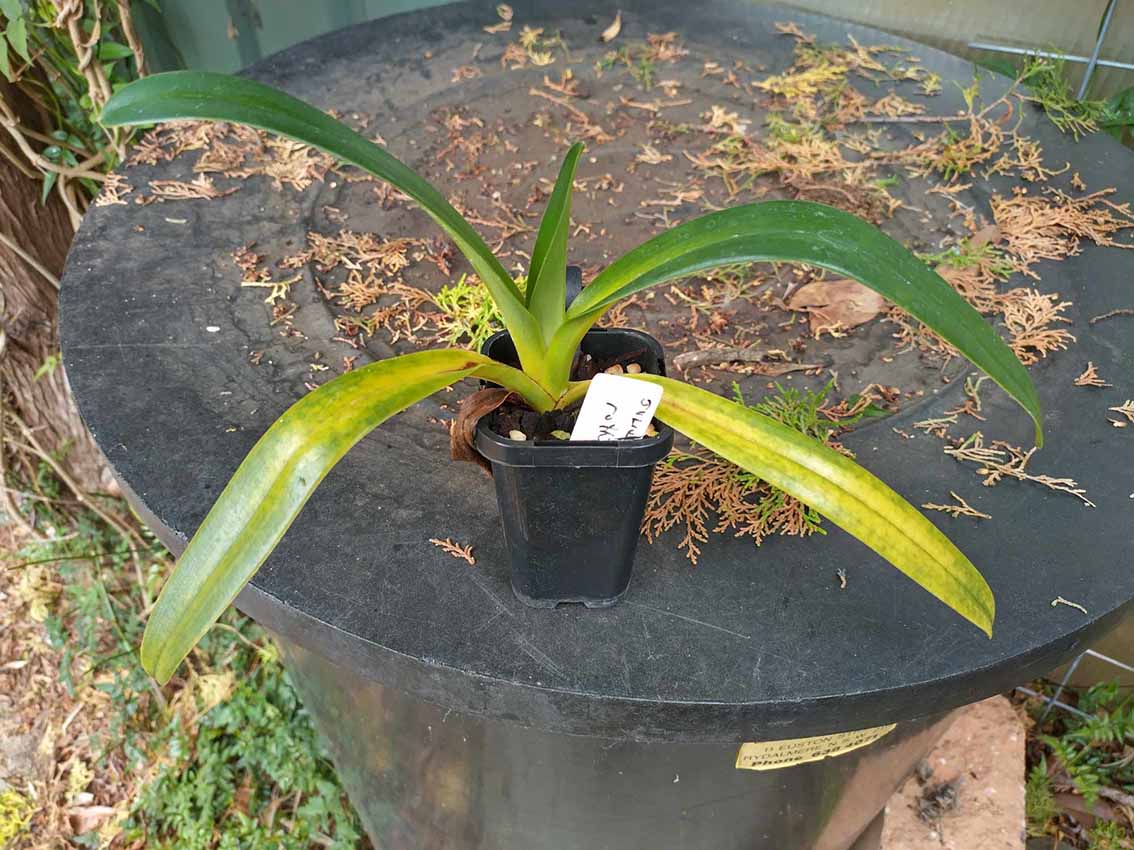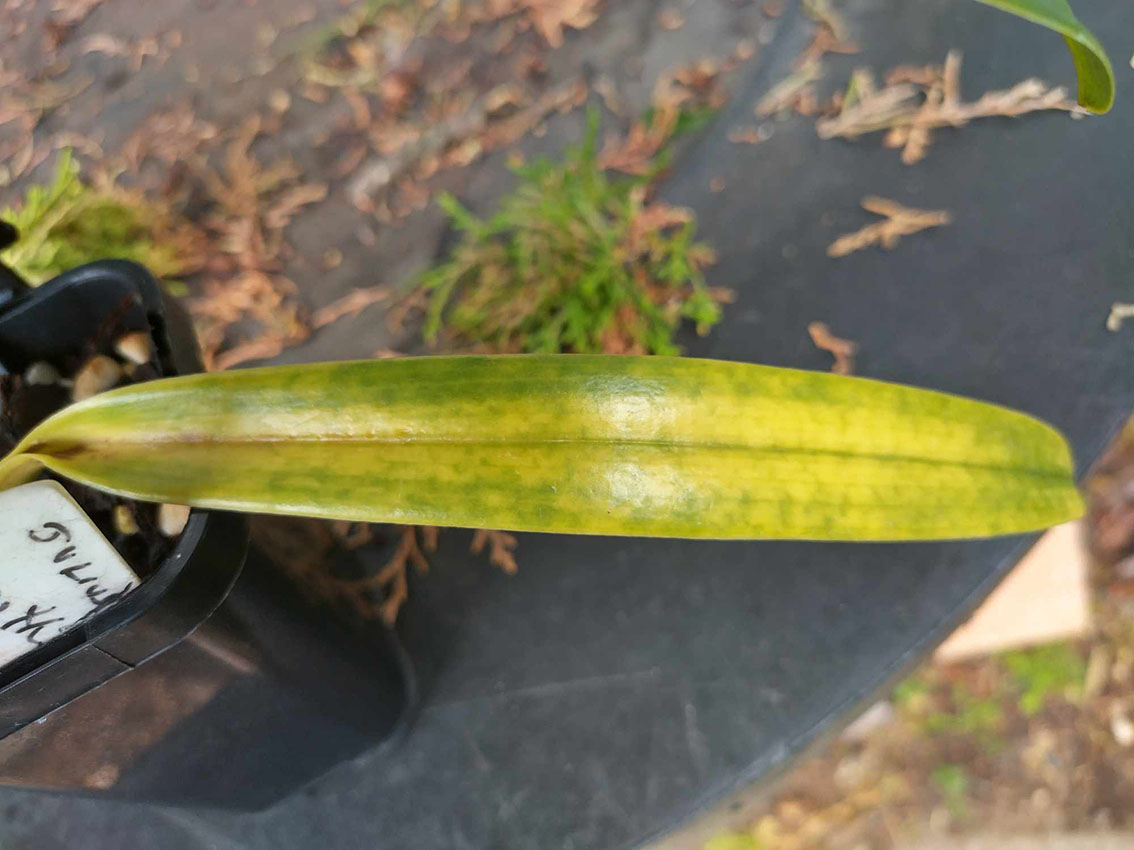I appreciate that the first responses on this thread focused on the roots. I would be curious if the potting media that was newly used was different than the seedlings' older media. Roots aside (but still the likely answer), the second thing I thought was that this could be a combination of a magnesium issue or potassium nutrient complex. I have seen the same type of yellowing when watering with very pure water with new potting media. Epson salt is a good way to get a magnesium boost when using very pure water or with new media. I would google Epson salt rates based on your water and start very mild, monthly. I think this because the yellowing is mostly in the oldest leaves and the newer leaves look good. Figuring out which nutrient could be causing a deficiency is really tricky. Each nutrient can directly impact the plant's ability to take up each of the other nutrients. Often it is not one nutrient or the other but a combination of several nutrients. Nitrogen, iron, potassium, and magnesium directly impact each other in the soil, roots, and plants. Also, the pH of your planting media and of your water is a good item to measure to try to get your plants in a range they prefer. The pH directly relates to the plant availability of nutrients. Google pH nutrient availability. This is actually more critical than the simple charts show. The pH scale is a logarithmic base ten scale. So the difference between a pH of 7 to 6 is a factor of 10, but the difference between a pH of 7 and 5 is a factor of 100. Tap water typically has a pH around 9 so the pipes in our homes and infrastructure do not dissolve. So if we start at a pH of 9 and the plant prefers 5.7, the tap water is potentially over 1000 times outside the plant's preferred pH. I am trying to keep my response simple. The impact of pH on nutrient chemistry when thinking that each pH point is a factor of ten shows how profound of an impact being outside of a plants preferred range can be. Most plants are very adaptable and will grow outside of their preferred range. Outside of their preference they will live but not flourish. A sign that the plant is outside of its preferred range is nutrient conservation. Nutrient conservation in plants is recognized when older leaves yellow and younger leaves stay green. This is an adaptation many plants use when dealing with many stresses. Too wet or too dry can look like this, also. Too wet or too dry causes nutrient conservation because each of these inhibits the plants' ability to uptake nutrients from the environment. Both too wet and too dry do not allow water and nutrients into the plant. Humidity can impact a plants ability to uptake nutrients, also. Humidity too high, not enough water and nutrients into the plant. Humidity too low, can lead to excessive nutrient disorders by the plant having a lot of water with nutrients running through it and accumulating. Airflow (think of this like humidity), without it not enough water out of the plants, too much airflow and the leaves can dry or nutrients can concentrate. The list goes on. There are also a few root diseases that cause older leaves of the strap leaf paphiopedilums to yellow first. Those diseases can show up quickly after a sharp temperature change or shock. I am brand new to this group and a long time grower. I will chime in occasionally and will try to share my experiences to try to help others grow better. This photo really got me on a roll!









































